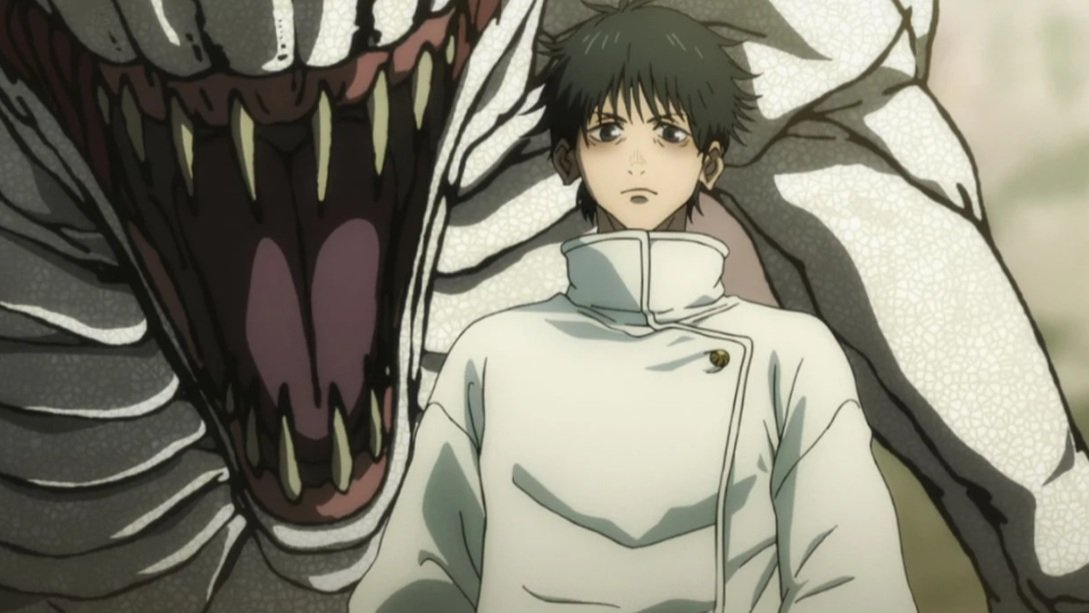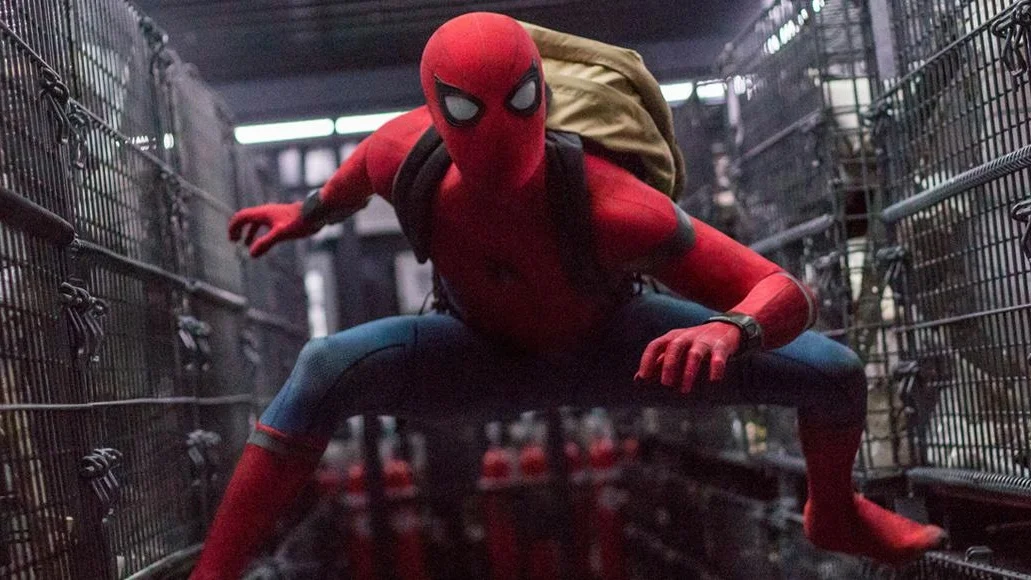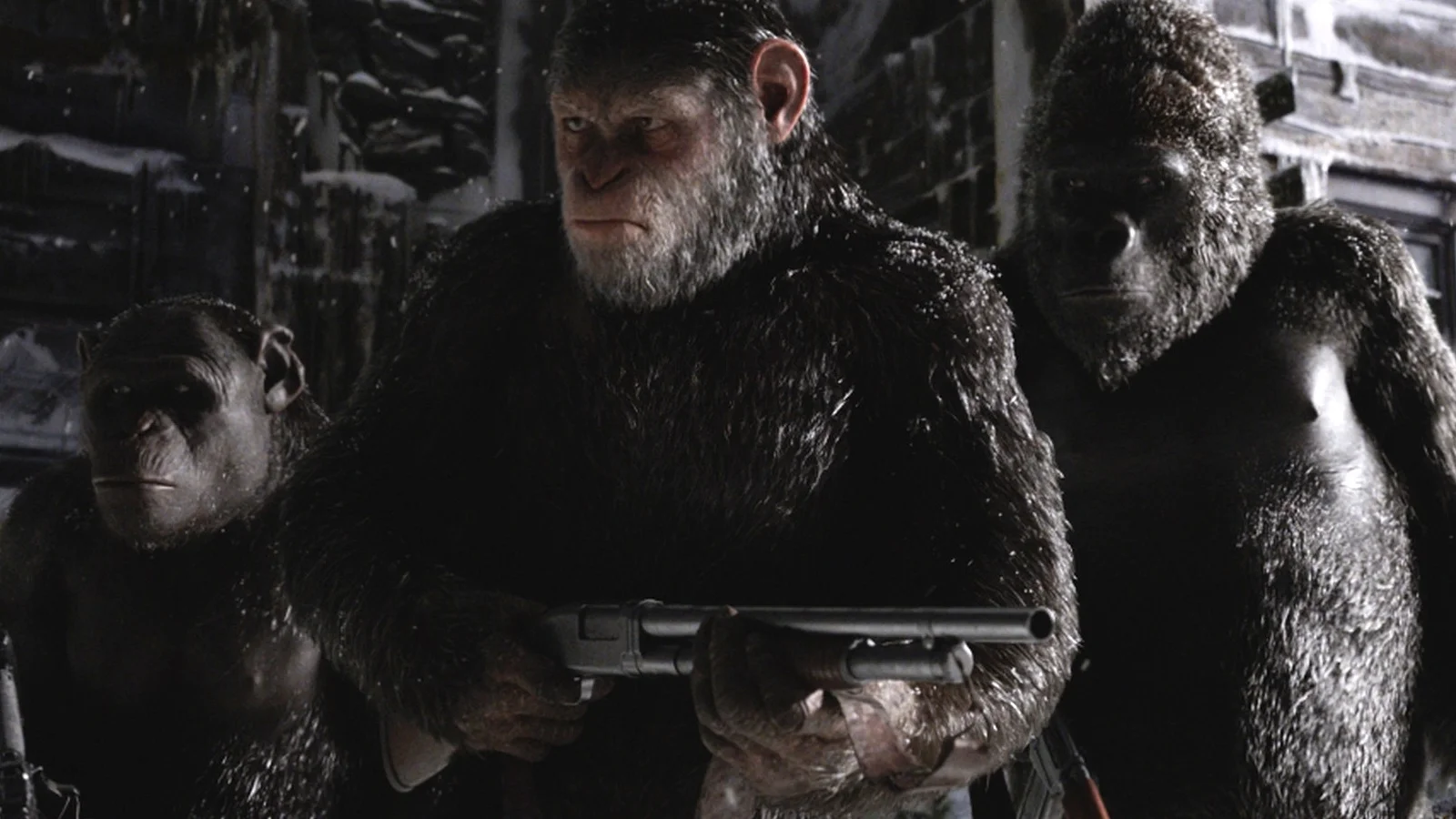Review: Baby Driver
This review was originally published as part of our SXSW 2017 coverage.
Before the screening of Baby Driver, writer-director Edgar Wright explained that his newest, a long-gestating comedy-heist fusion, is a film propelled by music. The first scene, he explained, was borne out of a child-like fantasy of bank heists, fast cars, and powerful music. If this was Wright’s main goal, he succeeded with flying colors.
Baby (Ansel Elgort) – the sole name of our taciturn protagonist – is a character whose ear buds are practically an extension of his body. In fact, he is literally so fused to his music that to live without it is to live in pain (don’t worry, there is a concrete and thought-out, in-world explanation for it). Like all good bank heist narrative protagonists, his goal in stealing is to accrue enough money to get out of town with the few people – specifically, his girlfriend, a charming diner waitress, Deborah (Lily James) – whom he truly loves. The supporting cast is headlined by the ever wonderful Jon Hamm as Buddy, a hilariously confrontational Jamie Foxx as Bats, Elza González as Buddy’s wife, Darling, and Kevin Spacey as the scene-chewing head honcho Doc. Every single actor nails his or her archetype so perfectly (thanks in large part to a script by Edgar Wright that leaves enough meat on the bone to chew while still allowing the story to zip along at a blazing clip) that these characters somehow manage to elevate themselves above their simple one to two word descriptions.
But, the specifics of Baby Driver’s narrative aren’t what elevate it above so much of the comedy-action sub-genre. No, what raises it above the rest of the crop is how Wright films and cuts the beats of the story. In the Cornetto trilogy, Wright relied on quick cuts; punctuations marks that acted as concise punch lines for a rapid-fire flurry of quick-witted jokes. Here, Wright relies on long takes, letting the camera swoop around the characters and weave through the environment. It’s all impressively choreographed work, but – best of all – Wright peppers his shots with a cornucopia of jokes forcing a darting audience’s eyes to drink in every small bit of manic-obsessive attention to detail. It can be a bit masturbatory at times, but when the punch lines are this good, and when I already feel the need to revisit the film again and again to pick up on all of the stuff I missed on the first go around, it is clear Edgar Wright has done something right.
Despite the heavy focus on clever choreography and set design, Wright’s film, as I noted in the opening, is a film propelled by music. In so many films, the constant barrage of soundtrack music exists solely to coerce viewers into buying the soundtrack on iTunes. Here, the music is the very soul of the picture. Baby’s constant stream of eclectic music builds his character out in unexpectedly poignant ways and, given how silent he is for the majority of the film, provides a heaping dollop of characterization. The music also just fits every scene as beautifully as cold ice cream and warm apple pie. It hits those serendipitous moments where the beat clicks with the gears of a whirring engine and movie magic is born.
The single complaint I have with Wright’s latest is that it’s a tad too expositional at the beginning. Characters say point-blank what could be communicated far more subtly through world building. Yet, when the dialogue surrounding these moments of awkward exposition is so slick, it’s certainly hard to complain. It’s hard to think of a movie in recent memory that so efficiently and effectively blends deliberately nostalgic iconography – '50s diner paraphernalia and '70s action film tropes abound – while still managing to feel like a desperately needed, well-balanced fresh perspective on comedy-action. Believe the hype.














